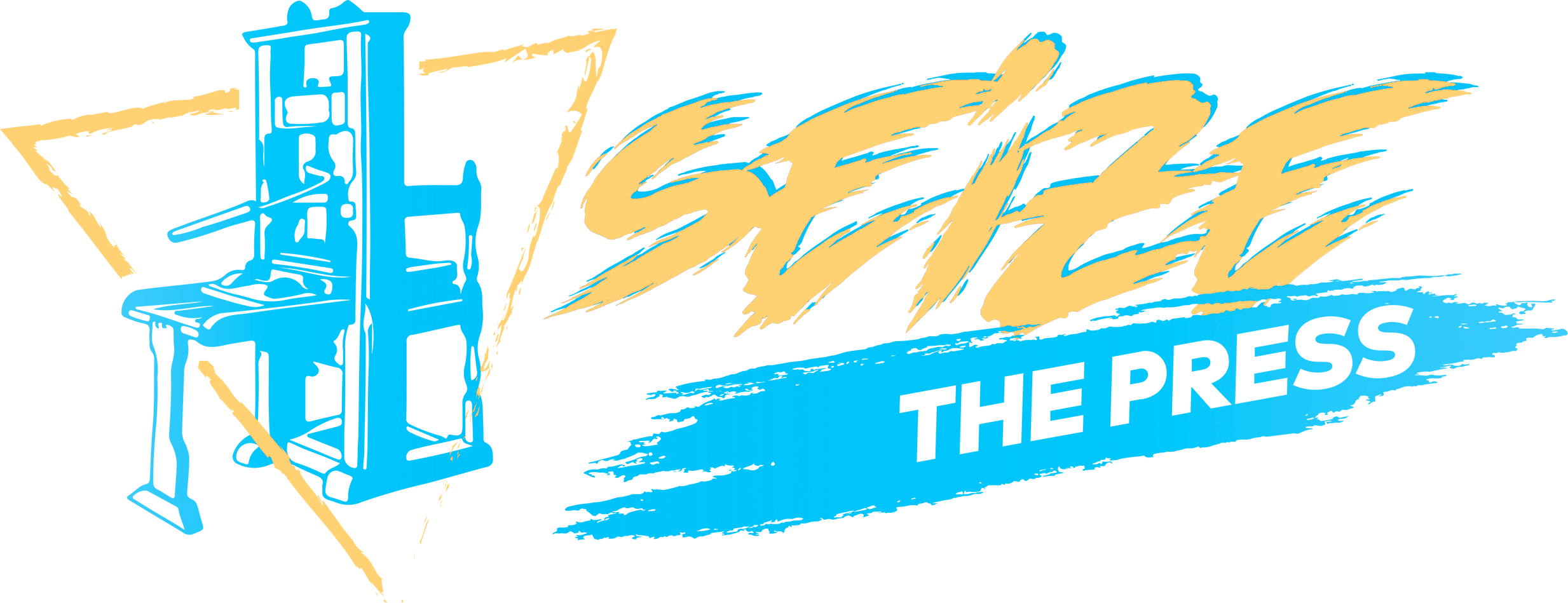The publication of William S. Burroughs’ Naked Lunch was met with great controversy. The book was characterized as “a devastating ridicule of all that is false, primitive, and vicious in current American life” by its defenders, and as “ literary sewage” by detractors. Naked Lunch was eventually banned in several states because of obscenity laws; Burroughs’ publisher enlisted several literary heavyweights, including Norman Mailer, to defend the unorthodox text’s artistic merit. Whatever else can be said about it, this much is certainly true: Naked Lunch struck a nerve. This was, of course, very much the author’s intent. In his introduction to the novel, Burroughs famously explained: “The title means exactly what the words say: NAKED Lunch—a frozen moment when everyone sees what is on the end of every fork.”
For Burroughs, the power of art resides in its capacity to reveal what has previously been hidden, to lay bare the grim realities of our society, even if it wounds us. Indeed, especially if it wounds us. He was not alone in this perspective. According to Franz Kafka, “a book must be the axe for the frozen sea within us.”
The axe can take many forms. Consider, for example, Francisco Goya’s painting Still Life of a Lamb’s Head and Flanks. On the most surface level of analysis, the scene being depicted is rather quotidian. It’s the counter at the butcher’s shop. This is a picture of food. But I don’t think it’s just a picture of food…
Look closely at the lamb’s eyes. There’s something eerily human in that expression, isn’t there? This, along with the painting’s somber lighting and muted colour palette, suggests a deep sadness. Look at the blood pooling on the counter beneath the lamb’s head; look at the detail of the flesh and bone and skin on the beast’s flanks. This isn’t just food—it’s a sacrifice. Christians often refer to Jesus as “the lamb of God” precisely because his martyrdom was seen as analogous to the slaughter of lambs at Passover.
Goya knew death in ways few of us ever will. Later in life, he would produce a series of prints depicting various wartime atrocities, including mangled human limbs and torsos mounted to trees (not so different from meat at the butcher’s counter). In all likelihood, these wartime images were inspired by scenes Goya witnessed first hand during the Dos de mayo Uprising and the Peninsular War, roughly contemporary to when Lamb’s Head and Flanks was painted. In historical context, it seems very likely that Goya’s melancholic still life is nodding to an uncomfortable truth. As Mark Essig put it in his book Lesser Beasts: “The substance we call meat is virtually identical to the flesh on our own bones.” Through his art, Goya was, quite literally, showing us what’s on the end of every fork…
Goya’s Still Life of a Lamb’s Head and Flanks is a very early example of an idea that has blossomed into a subgenre of horror media in its own right. For lack of a better term, I’m going to call this Meat Horror. By this, I mean to lump together: films like The Texas Chainsaw Massacre (1974), Motel Hell (1980), Slaughterhouse (1987), and The Herd (2014); novels like Cows by Matthew Stokoe, Meat by Joseph D’Lacy, and Tender is the Flesh by Agustina Bazterrica; and art projects like my own Disassembly of the Pig. Like any category of art, the boundaries of Meat Horror are ill-defined and my decisions about what does and does not count are somewhat arbitrary. That being said, I can think of no better quotation to summarize the ethos of the sub-genre than this one, from Jonathan Safran Foer’s Eating Animals: “Perhaps in the back of our minds we already understand … that something terribly wrong is happening. … We know that if someone offers to show us a film on how our meat is produced, it will be a horror film.”
It’s quite true that the realities of contemporary factory farming offer plenty of fuel for horror stories. In her book Slaughterhouse, journalist Gail Eisnitz quotes a meat plant employee describing how pigs were sometimes driven toward the kill line in his particular workplace. “If you get a hog in the chute that’s had the shit prodded out of him and has a heart attack or refuses to move, you take a meat hook and hook it into his bunghole,” he explained. “You try to do this by clipping the hipbone. Then you drag him backwards. You’re dragging these hogs alive, and a lot of times the meat hook rips out of the bunghole. I’ve seen hams—thighs—completely ripped open. I’ve also seen intestines come out. If the hog collapses near the front of the chute, you shove the meat hook into his cheek and drag him forward.” One struggles to think of horror films which are gorier than this short quotation. Could this be a rare case where the horror films are actually less sensational than the reality that inspired them?
The fact that Meat Horror isn’t already widely recognized as a sub-genre is, at least in part, due to our collective reluctance to face up to its message. Indeed, I imagine some readers will already have scoffed at my inclusion of The Texas Chainsaw Massacre in this category. Isn’t it just another Slasher? To those skeptical readers, I would encourage you to revisit the film… The dialogue in the van scene at the beginning plainly lays out the movie’s themes: they’re talking about meat. At one point Franklin describes how cows were once stunned using a sledgehammer to the head. Disgusted, his friend responds: “That’s horrible, people shouldn’t kill animals for food.” Later in the film, we will see a sledgehammer used to dispatch one of our protagonists in exactly the way Franklin described. To drive home the metaphor, the sound of squealing pigs is played over that iconic death scene. And that’s not all: the Sawyer family kills for food; their victims are hung on meathooks and stored in the freezer; their house is decorated with animal bones and pelts; Leatherface’s famous mask is made of human leather… The fact that so many fans were able to watch this movie and somehow not see it as being about the meat industry speaks to how easy it can be to disavow what we already know. (As with any work of art, other sensible interpretations of Texas Chainsaw Massacre are certainly possible. Indeed, it’s likely that the film was also a reflection of cultural anxieties surrounding the Vietnam war. However, it’s interesting to note that references to the war as a kind of “human meat grinder” were already deeply ingrained into the popular culture at the time.)
Cannibalism is a repeated motif in Meat Horror. For good reason. The question “what if we treated humans the way we treat farm animals” is an interesting thought experiment. One need not accept any moral equivalence between the two scenarios to see why that framing device readily lends itself to plot-building. But I would argue that there’s more going on here. Perhaps the metaphorical connection between factory farming and cannibalism cuts even closer to the bone… What these stories are arguing, in essence, is that there is a profound connection between our tendency to disregard the suffering of lesser beasts, and our tendency to disregard the exploitation of our fellow humans.
There’s probably some truth in this claim. Focusing on the context of the contemporary factory farming system, one might argue that both human and animal suffering stems from the same root cause: the prioritization of corporate profits over the wellbeing of living creatures. After all, so much of the horror associated with the factory farm system—animals densely packed in tiny cages, pumped full of antibiotics and hormones, subject to a litany of mutilations, etc—do not stem from deliberate malice. Rather, where these unpleasant living conditions have been adopted, it is simply because those are the conditions that maximize profitability. One could argue that precisely this same set of perverse profit-hungry incentives also drives the exploitation of the humans who labour on factory farms and in slaughterhouses. In the US, for example, the meat industry tends to employ low-skill, low-wage workers who are easily replaceable; unsurprisingly, their working conditions are often horrifying. Meatpacking has one of the highest injury and illness rates of any industry in that country. The emotional toll of killing day in and day out should also not be ignored; Eisnitz documents countless cases of slaughterhouse employees suffering from addiction and/or abusing their partners.
Few works of Meat Horror employ the cannibalism metaphor more effectively than Agustina Bazterrica’s Tender is the Flesh. The book is set in a world where cannibalism has become fully integrated into the machinery of capitalism, where the horror at the heart of this system has been obfuscated with euphemisms and industry jargon. For Bazterrica, the horror comes not just from the exploitation and (literal) consumption of human lives in service of corporate profit, but from the ease with which such atrocities are normalized. To greater or lesser extent, every character in the story is implicated in the evil at its core. And, to greater or lesser extent, they are all wounded by their complicity. Just as the bodies of the human “head” are mutilated and consumed, so too is the humanity of those who raise, butcher, slaughter, and consume them. Bazterrica does not seem to be shy about her work’s anticapitalist ideology. “I have always believed that in our capitalist, consumerist society, we devour each other,” she said in an article for The Irish Times.
Arguably, Meat Horror is not just about laying bare the uncomfortable truth behind our food. It seems to me that the cannibalism metaphor is surprisingly versatile. We can accept the flesh of the self as a stand-in for the flesh of the other while, at the same time, understanding the consumption of flesh not only as eating in a literal sense, but also as representing the myriad ways in which lives are exploited, destroyed, and exhausted in service of greed and corporate profit. When Bazterrica speaks of cannibalism in the context of our capitalist society, I take her to be referring not only to factory farming but, also, to all those cruelties which underlie our consumerism: the exploitation and child labour involved in the production of our cell phone batteries; the brutal working conditions of the sweatshops where our clothes are produced; the human rights abuses endemic in the production of palm oil; etc. In this sense, the power of Tender is the Flesh comes from its capacity to counteract capitalism’s numbing effect and expose the horrors which lie hidden beneath so many of the consumer products we interact with every day. That, for me, is Meat Horror’s core revelation, the naked truth it exposes on the end of every fork. At the end of the day, there might be very little difference between the consumer and that which is consumed.

Neal Auch
Neal Auch is an artist and author. Neal’s prose has been published in various outlets, including Nightmare Magazine, The Deadlands, and the Cinnabar Moth e-zine. His photography has been exhibited in galleries and featured in a number of fine art books, magazines, and blogs. Neal’s clients include Paramount Pictures, Grindhouse Press, and Weirdpunk Books. He can be found online at www.nealauch.com.
